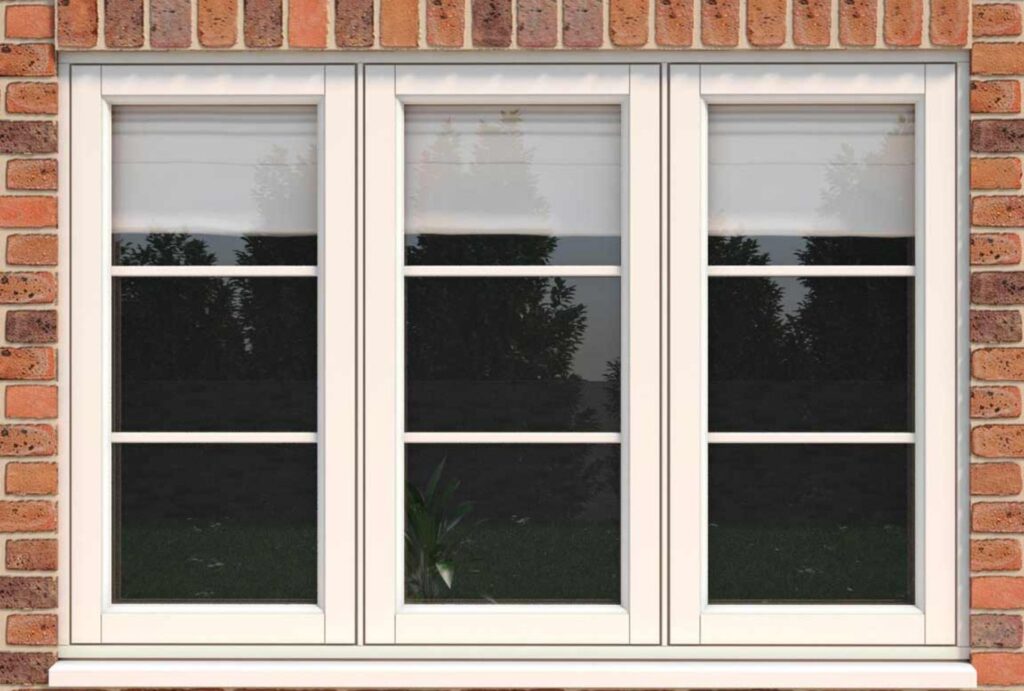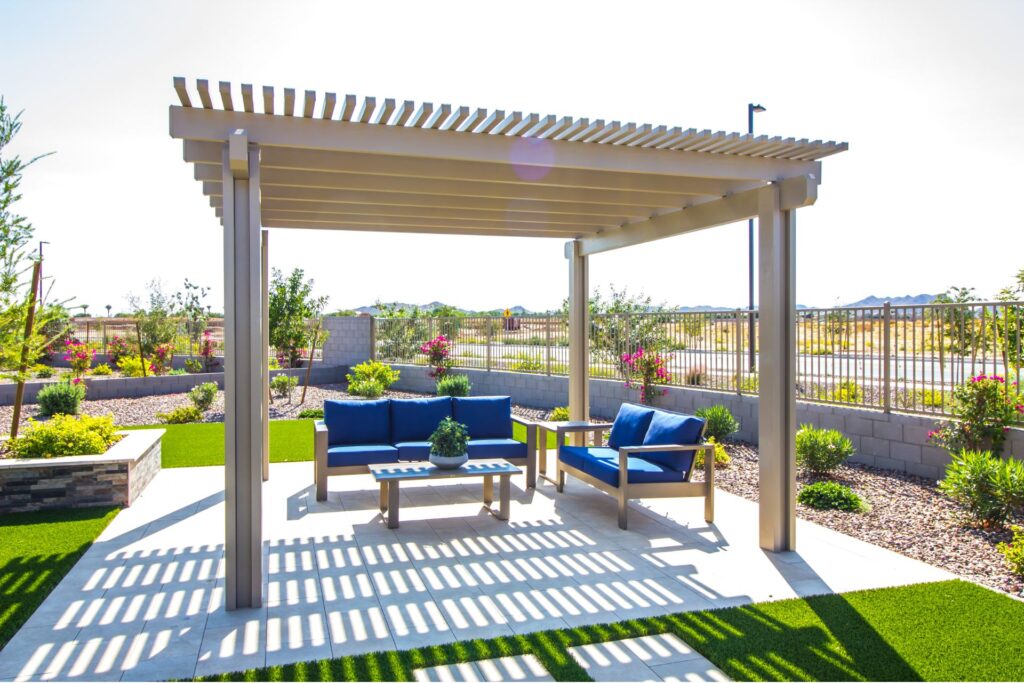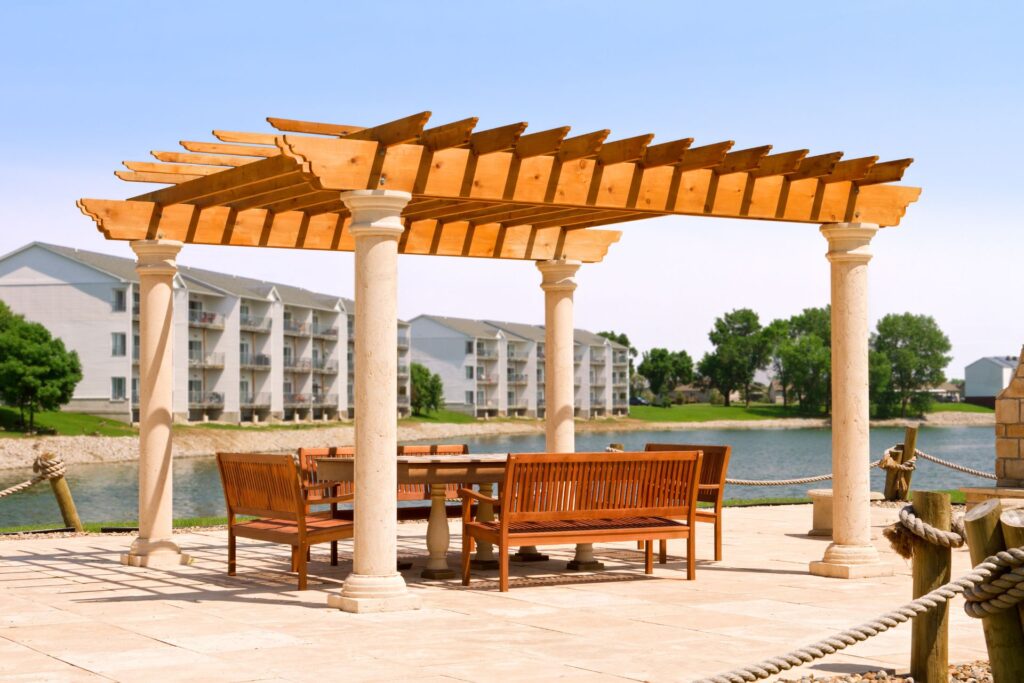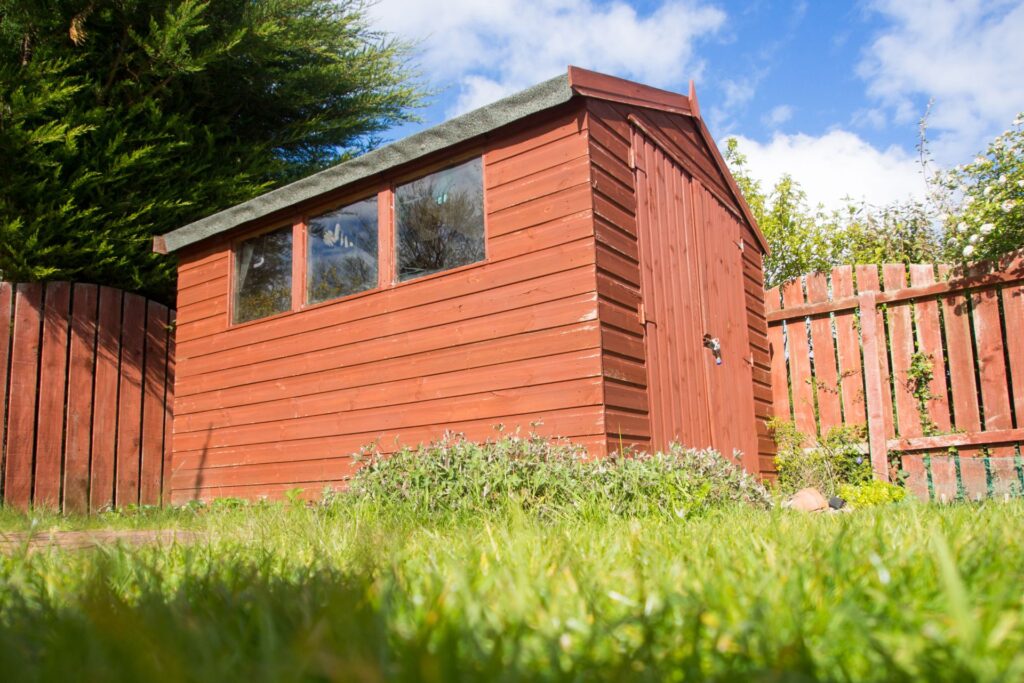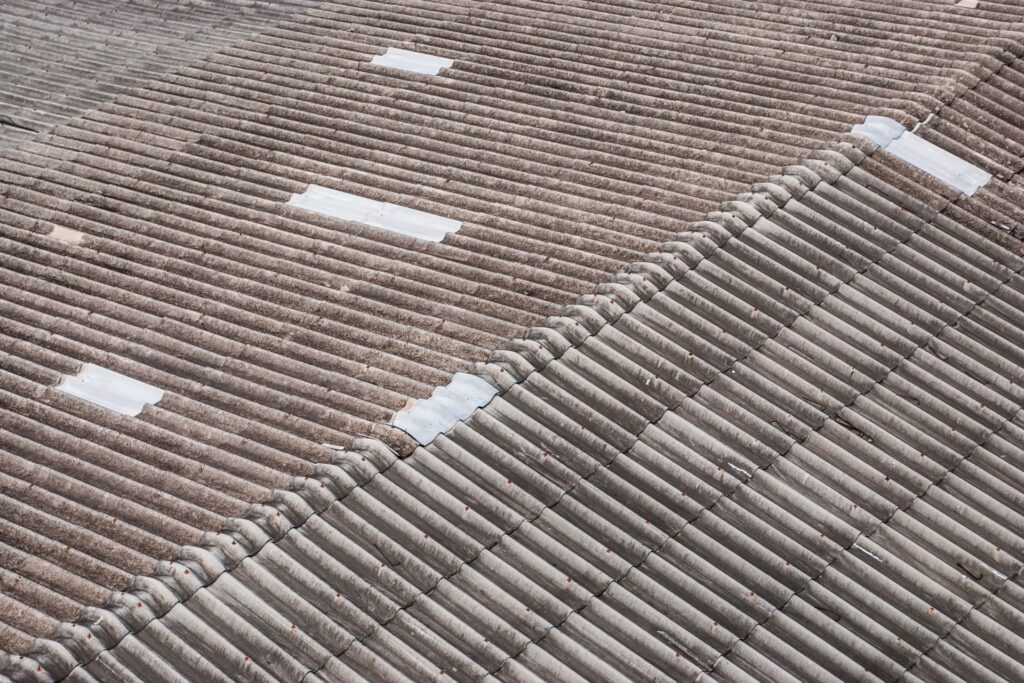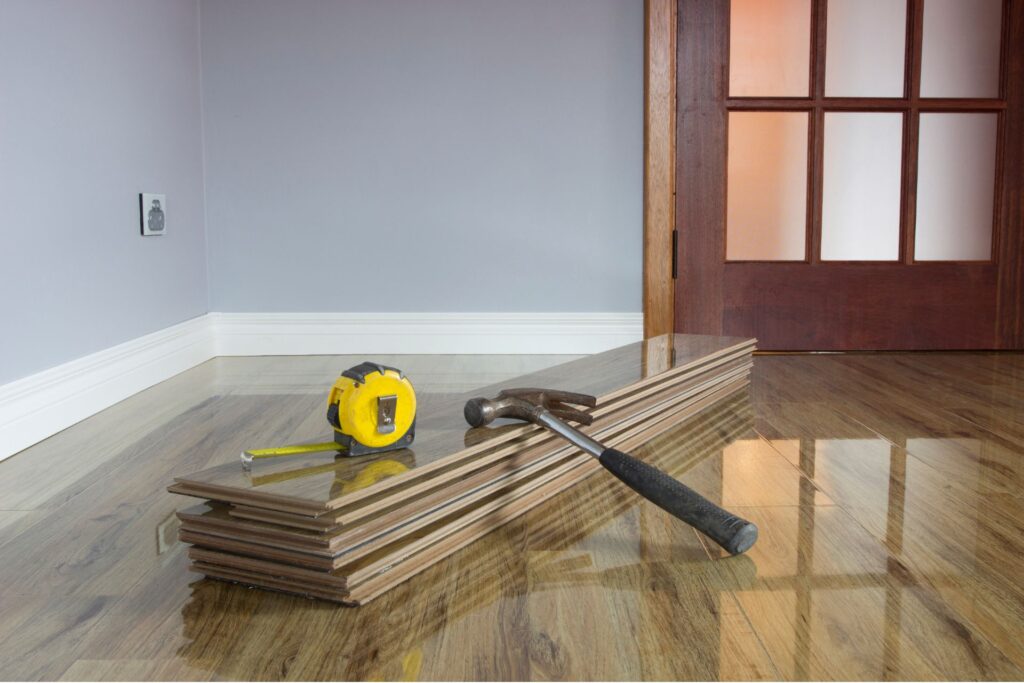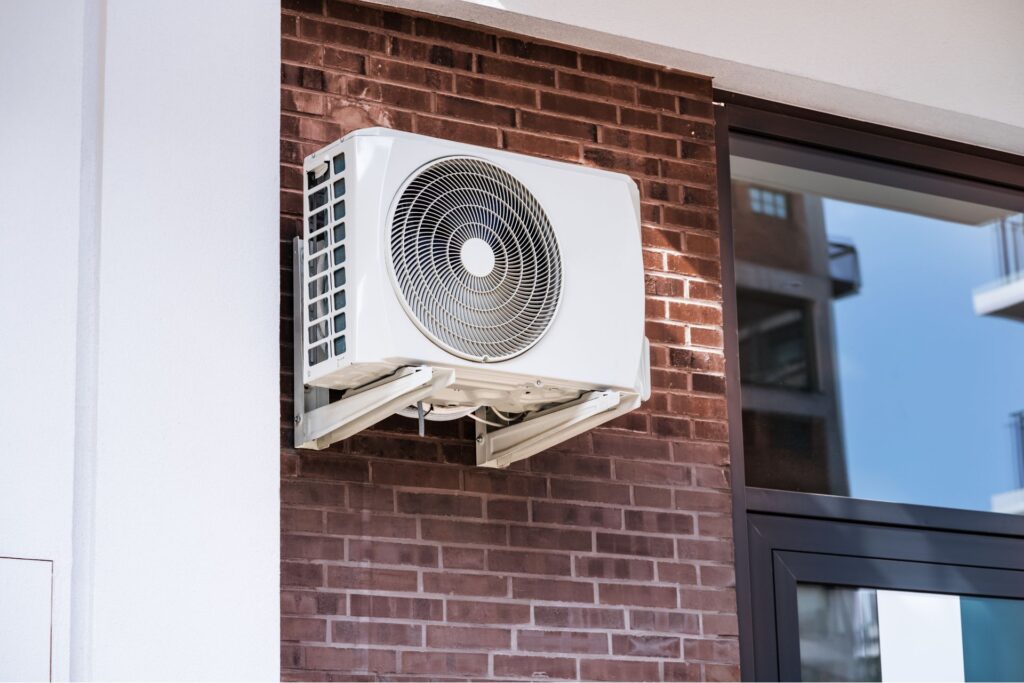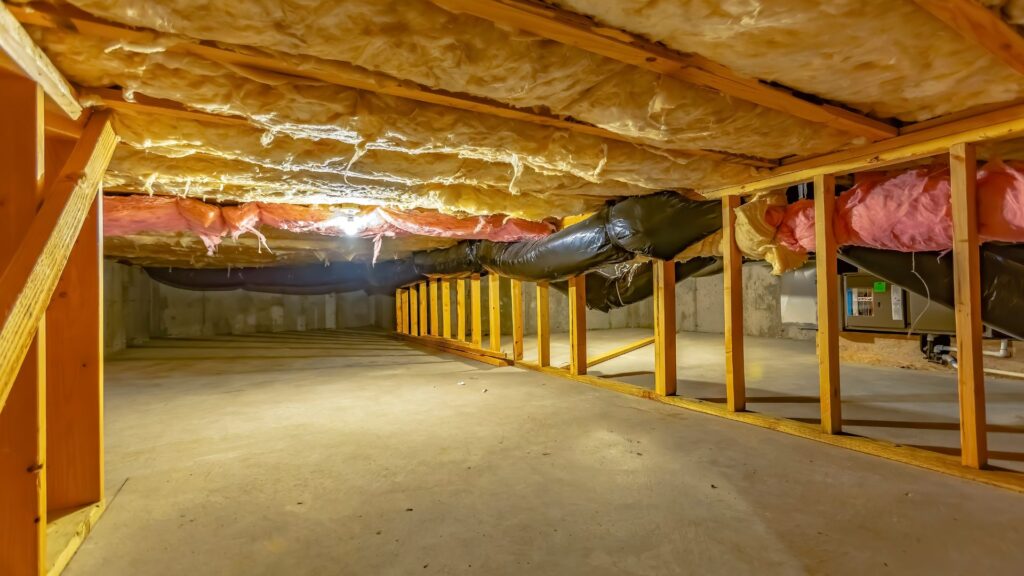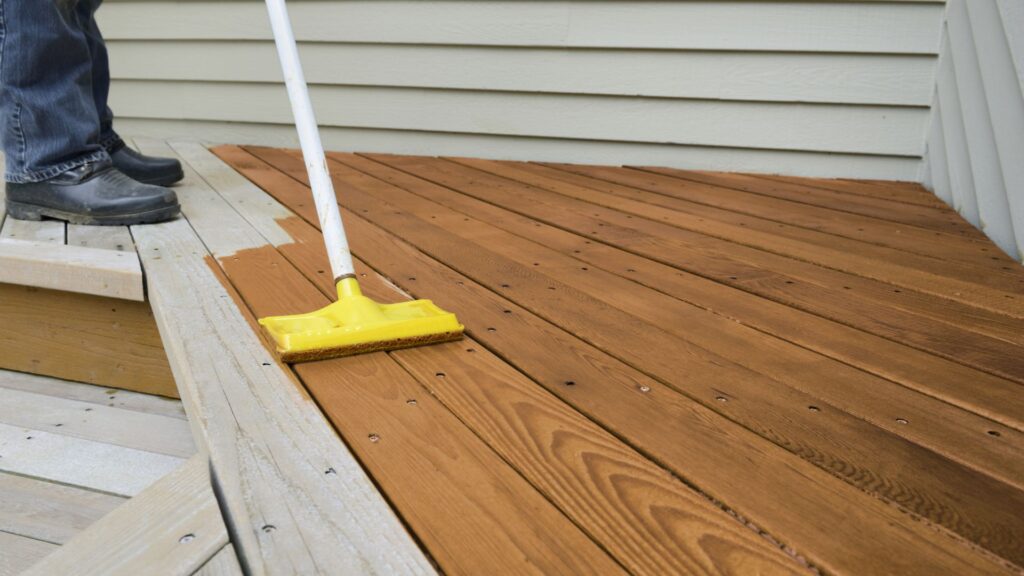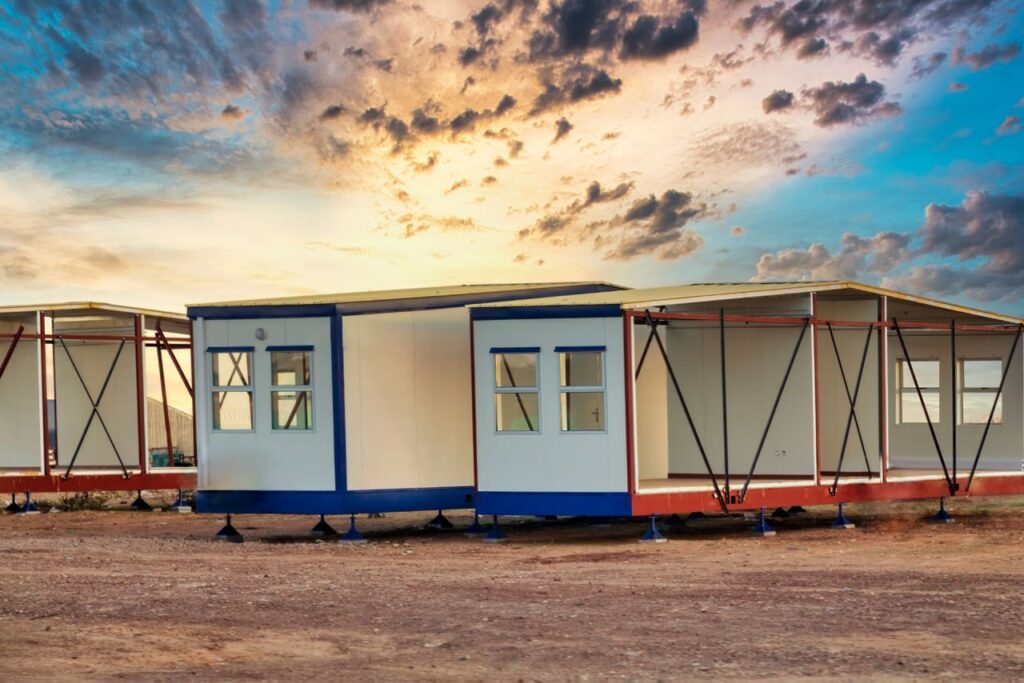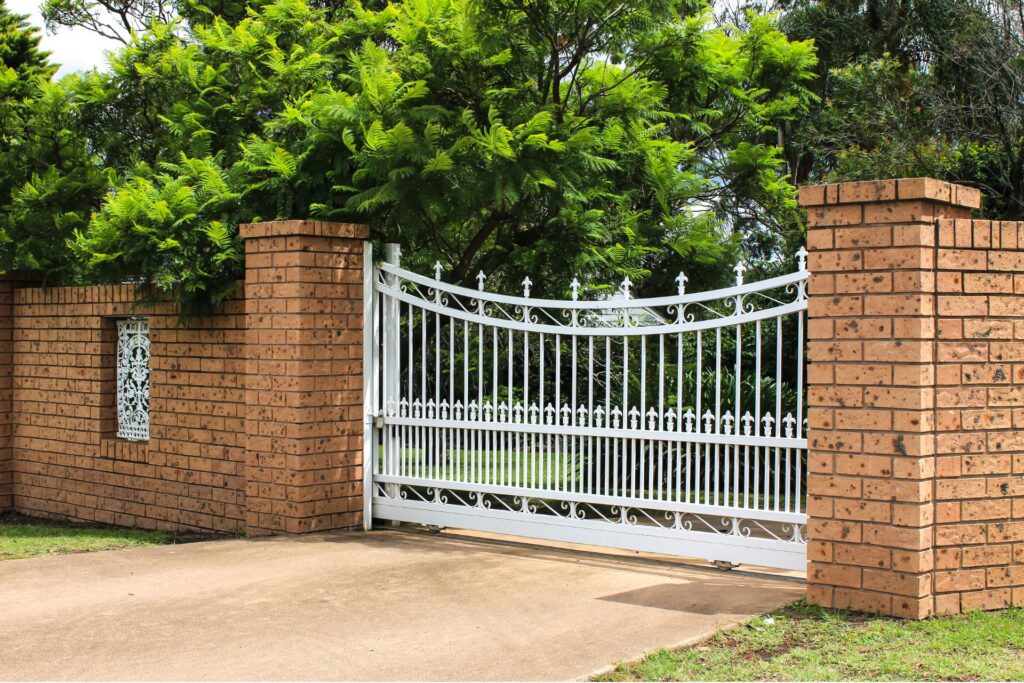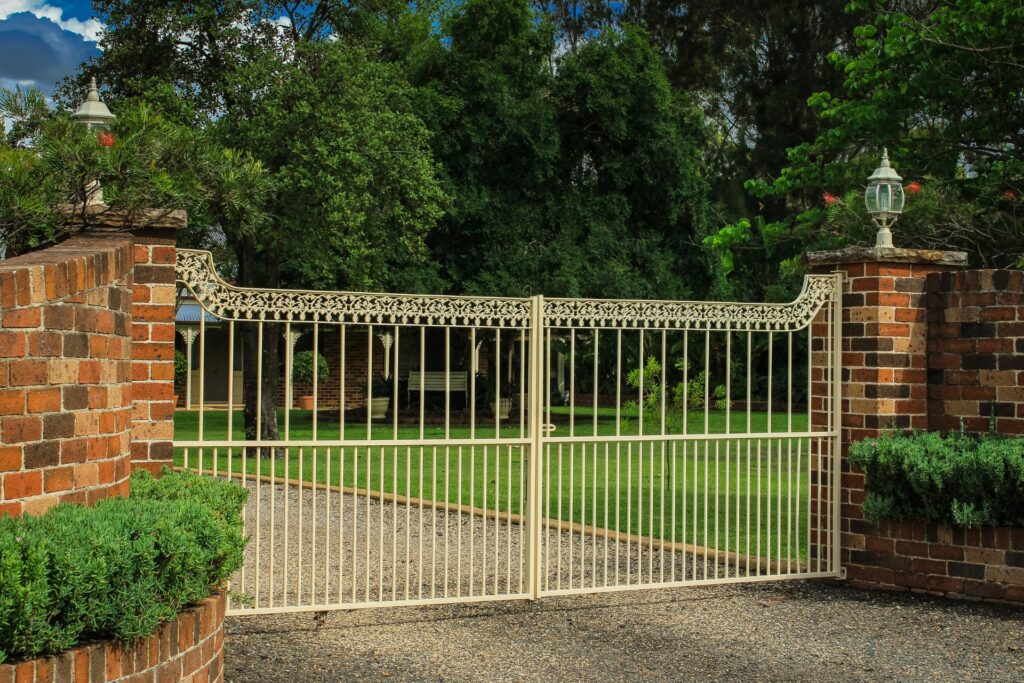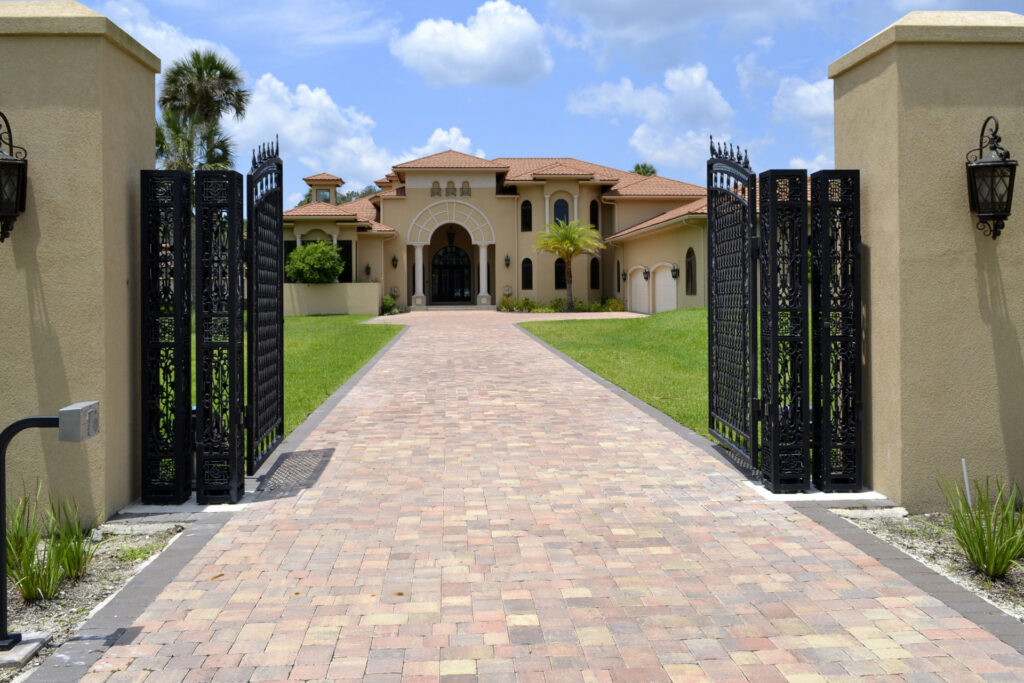Welcome to your complete guide on retrofit double glazing with aluminium windows in NZ, a smart home upgrade that enhances energy efficiency, comfort, and property value. If you’re tired of cold drafts, high power bills, or outside noise creeping into your home, retrofitting your existing aluminium windows with double glazing could be the perfect solution. Many Kiwi homes still have single-glazed windows, which contribute to heat loss, condensation, and poor insulation. Fortunately, retrofit double glazing allows you to upgrade without the cost of full window replacements, making it a cost-effective and sustainable choice. In this guide, we’ll explore how the process works, the benefits, costs, and why aluminium window frames are a great fit for New Zealand’s climate. Whether you’re renovating, preparing your home for resale, or simply looking to improve your living environment, this article will give you all the insights you need to make an informed decision.
Retrofit double glazing with aluminium windows in NZ is a process where an additional insulated glass panel is installed into existing aluminium window frames to improve energy efficiency, reduce noise, and minimize condensation. This cost-effective upgrade helps retain heat during winter, keep homes cooler in summer, and lower power bills, all without needing full window replacements. Aluminium frames are durable, low-maintenance, and ideal for NZ’s climate, making them a popular choice for retrofitting. Homeowners can expect enhanced comfort, improved property value, and a more sustainable living environment.
- What Is Retrofit Double Glazing?
- Benefits Of Retrofitting Double Glazing With Aluminium Windows
- Why Choose Aluminium Windows For Double Glazing Retrofits?
- The Retrofit Process: How Does It Work?
- Cost Of Retrofitting Double Glazing In NZ
- Are There Any Downsides? Potential Considerations
- Choosing A Retrofit Double Glazing Specialist In NZ
- FAQs: About The Retrofit Double Glazing With Aluminium Windows In NZ
- Conclusion
- Find A Professional Window Company Near You!
What Is Retrofit Double Glazing?
Retrofit double glazing is a cost-effective way to upgrade your existing aluminium windows by adding an extra pane of glass to improve insulation, energy efficiency, and noise reduction. Unlike full window replacements, retrofitting allows homeowners to enjoy the benefits of double glazing without removing and replacing the entire window frame. This process is particularly beneficial for homes in New Zealand, where older single-glazed windows contribute to heat loss, condensation issues, and higher energy bills.
Retrofit Double Glazing Vs. Full Window Replacement
Many homeowners wonder whether they should retrofit their aluminium windows or replace them entirely. The main difference lies in the frame retention—retrofit double glazing keeps the existing aluminium window frames, whereas full replacement involves installing brand-new frames along with the glass.
- Retrofit Double Glazing: Ideal for homes with well-maintained aluminium frames, as it adds an extra layer of glass to enhance insulation without major structural changes.
- Full Window Replacement: Necessary when the existing window frames are damaged, outdated, or poorly sealed. This option is more expensive but allows for an upgrade to different frame materials like timber or uPVC.
For most New Zealand homeowners, retrofitting is the preferred choice as it provides a budget-friendly and sustainable way to improve home insulation without extensive renovations.
How Retrofit Double Glazing Works
The retrofitting process involves integrating an additional glass pane into your existing aluminium window frames. This second layer forms a sealed air gap that significantly reduces heat transfer and external noise.
The key steps in the retrofit double glazing process include.
- Assessment Of Existing Windows: Professionals evaluate the condition of your aluminium frames to ensure they can support a double-glazing upgrade.
- Custom Glass Manufacturing: A secondary glass pane is designed to precisely fit your existing window dimensions.
- Installation Of The Second Pane: The new glass is carefully installed with a sealed spacer system to create an insulating air gap.
- Sealing & Insulation: The glazing is properly sealed to eliminate air leaks, reduce condensation, and improve thermal efficiency.
By keeping your existing aluminium window frames, retrofitting reduces material waste and preserves the original aesthetics of your home while providing modern energy-saving benefits.
Understanding Double Glazing Technology
Not all double-glazed windows are the same. The effectiveness of retrofitting depends on the type of glass and insulation technology used. Here are some key components that enhance double glazing performance.
1. Low-Emissivity (Low-E) Glass
Low-E glass has a thin, invisible coating that reflects heat back into your home during winter and blocks excess heat during summer. This technology improves thermal insulation without reducing natural light.
2. Argon Gas-Filled Gaps
Many high-performance double-glazed units are filled with argon gas, a non-toxic, insulating gas that reduces heat transfer between glass panes. This makes homes more energy-efficient and comfortable year-round.
3. Thermal Spacers
A spacer bar separates the two glass panes and ensures an airtight seal. Advanced spacers use thermal materials to minimize heat loss and prevent condensation buildup inside the glazing unit.
These innovations make retrofit double glazing an excellent choice for homeowners seeking better insulation, lower energy costs, and improved home comfort.
When Should You Retrofit Vs. Fully Replace Aluminium Windows?
While retrofit double glazing is a great option for most homes, there are situations where a full window replacement may be necessary.
Choose Retrofit Double Glazing If.
- Your aluminium window frames are in good condition and structurally sound.
- You want an affordable solution to improve energy efficiency.
- Your goal is to reduce noise, condensation, and heat loss without major renovations.
- You prefer to preserve the existing look of your home while upgrading insulation.
Opt For Full Window Replacement If.
- Your aluminium frames are damaged, corroded, or poorly sealed.
- You want to switch to another window frame material (e.g., timber or uPVC).
- Your windows suffer from air leaks, warping, or outdated designs that impact performance.
- You are undertaking a major home renovation and want a complete window system upgrade.
For most NZ homeowners, retrofit double glazing offers an effective way to boost home comfort, reduce power bills, and create a quieter, more energy-efficient living space without the expense of full window replacements.
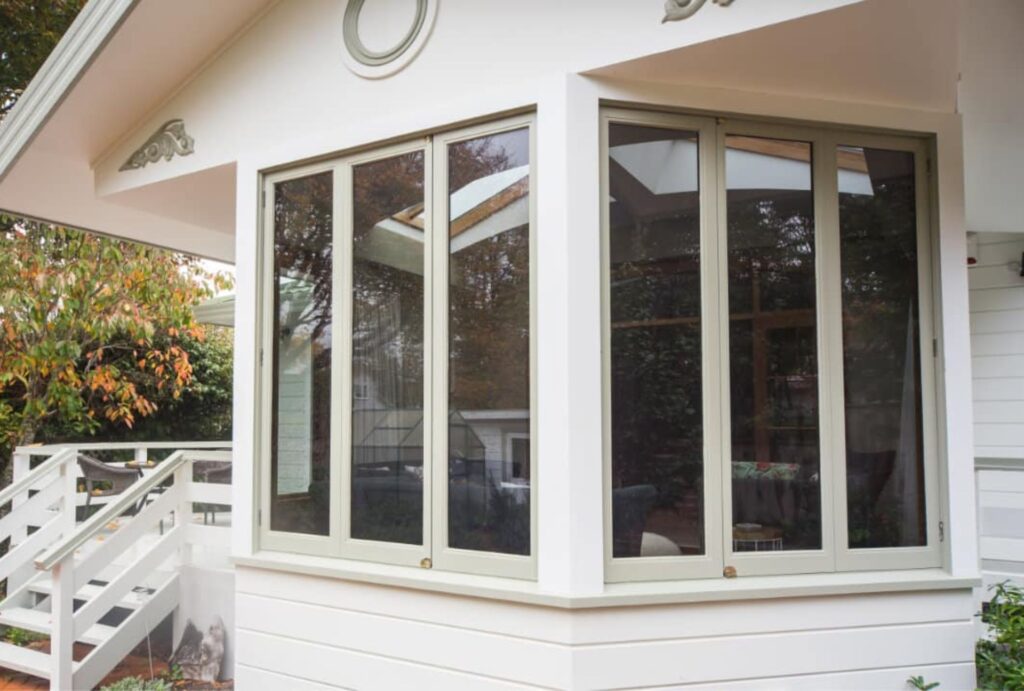
Benefits Of Retrofitting Double Glazing With Aluminium Windows
When it comes to enhancing your home’s energy efficiency, comfort, and value, retrofitting double glazing into existing aluminium windows is a smart investment. Many older homes in New Zealand still have single-glazed windows, which contribute to heat loss, condensation, and noise pollution. Retrofitting allows you to upgrade your windows without replacing the entire frame, making it a cost-effective solution for homeowners. Below, we explore the key benefits of retrofit double glazing and how it can transform your living environment.
Energy Efficiency & Lower Power Bills
One of the biggest reasons homeowners choose retrofit double glazing is its ability to improve insulation and reduce energy consumption. Standard single-glazed windows allow significant heat loss in winter and excessive heat gain in summer, forcing your heating and cooling systems to work harder.
With double glazing, an insulated air gap between the two panes of glass acts as a thermal barrier, preventing heat from escaping during colder months and keeping excess heat out during warmer months. This reduces heat loss by up to 50%, making your home more energy-efficient and reducing reliance on heaters and air conditioners. As a result, many homeowners see a noticeable decrease in their electricity bills, leading to long-term savings.
Additionally, choosing Low-E (low-emissivity) glass or argon gas-filled glazing units can further enhance insulation, ensuring your home maintains a stable indoor temperature with minimal energy use.
Improved Comfort & Temperature Control
Homes with single-glazed aluminium windows often experience cold drafts in winter and overheating in summer due to inefficient insulation. Retrofitting double glazing helps create a consistent indoor temperature, making your home more comfortable year-round.
- In winter, double glazing traps warmth inside, preventing chilly drafts from entering your home.
- In summer, it blocks excessive heat, keeping indoor spaces cooler and more pleasant without over-reliance on fans or air conditioning.
By maintaining a balanced temperature, retrofit double glazing makes your home a cozier place to live, especially in regions with extreme weather fluctuations.
Noise Reduction
If you live near busy roads, construction sites, or urban areas, outside noise can be a persistent problem. Retrofit double glazing significantly reduces noise pollution, creating a quieter, more peaceful home environment.
The additional glass layer and air gap work as a sound barrier, preventing unwanted external noise from entering your home. This makes it an excellent upgrade for homeowners in high-traffic areas, near schools, airports, or commercial districts.
For even greater noise reduction, you can opt for acoustic laminated glass, which has a special interlayer that further dampens vibrations and blocks disruptive sounds. Whether you’re working from home, enjoying family time, or simply trying to get a good night’s sleep, double glazing helps create a more tranquil living space.
Reduced Condensation & Healthier Living Environment
Condensation is a common issue in homes with single-glazed aluminium windows, especially during cold and damp seasons. When warm indoor air comes into contact with a cold glass surface, moisture forms, leading to foggy windows, damp walls, and potential mould growth.
Retrofit double glazing helps prevent condensation buildup by maintaining a warmer glass surface temperature, reducing the likelihood of moisture forming. This contributes to a healthier home environment by.
- Preventing mould and mildew growth, which can lead to respiratory issues and allergies.
- Reducing damp conditions, which can cause damage to window frames, curtains, and walls.
- Improving indoor air quality, making it especially beneficial for asthma and allergy sufferers.
By minimizing excess moisture, double glazing protects your home from potential structural damage and promotes better overall well-being for you and your family.
Increased Property Value & Sustainability
Investing in retrofit double glazing is not just about comfort and energy efficiency—it’s also a smart financial decision. Energy-efficient upgrades increase the value of your property, making it more attractive to potential buyers and renters.
- Homes with double glazing are seen as more modern, comfortable, and energy-efficient, which can boost resale value.
- Many buyers prioritize eco-friendly homes, and double glazing is a sustainable feature that reduces carbon footprint.
- A well-insulated home meets higher energy performance standards, improving market appeal.
Beyond financial benefits, retrofit double glazing contributes to environmental sustainability by reducing household energy consumption. By lowering the demand for heating and cooling systems, you’re decreasing your home’s carbon emissions, making it a more eco-conscious choice for the future.
Retrofitting double glazing into existing aluminium windows is an affordable and effective way to improve your home’s energy efficiency, comfort, and value. From lower power bills and reduced noise pollution to better insulation and healthier indoor air quality, this upgrade provides long-term benefits that enhance everyday living.
If you’re looking for a cost-effective way to upgrade your home without a full window replacement, retrofit double glazing is a smart investment. Whether you want to enjoy a warmer home in winter, a cooler space in summer, or a quieter environment year-round, this solution offers practical and financial advantages that make it well worth considering.
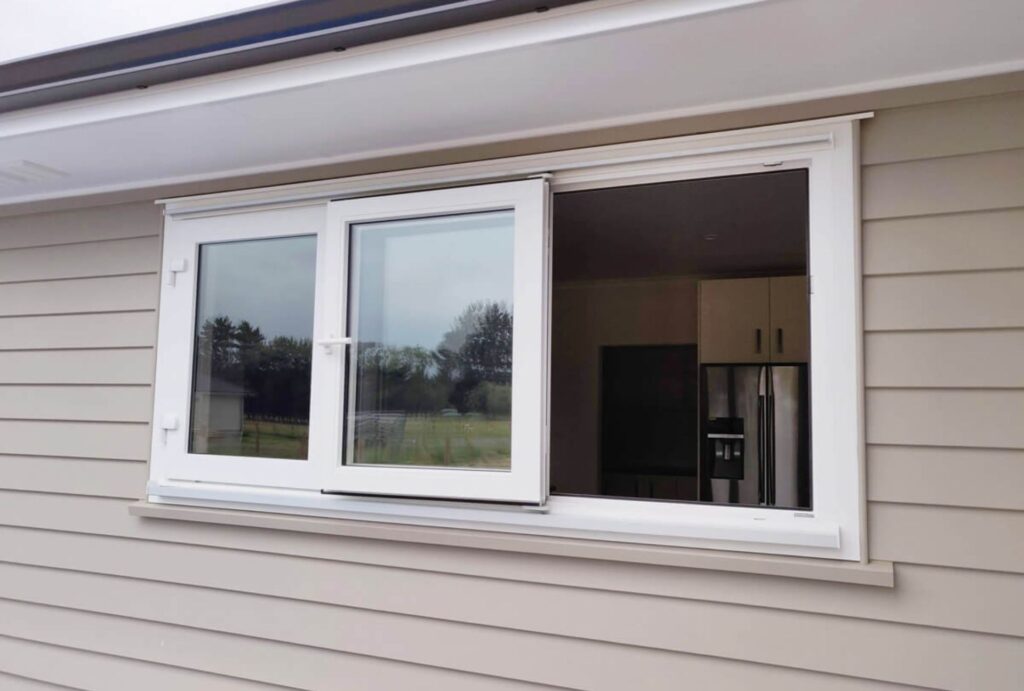
Why Choose Aluminium Windows For Double Glazing Retrofits?
When considering retrofit double glazing, choosing the right window frame material is just as important as the glass itself. Aluminium windows have become a popular choice for New Zealand homeowners looking to upgrade their insulation while maintaining a modern and durable aesthetic. Unlike timber or uPVC, aluminium offers a perfect balance of strength, longevity, and minimal upkeep, making it an ideal option for double glazing retrofits. Below, we’ll explore the key reasons why aluminium windows are a superior choice for your retrofit project.
A. Durability & Low Maintenance
One of the standout benefits of aluminium windows is their exceptional durability. Unlike timber, which can warp, crack, or rot over time, aluminium is resistant to moisture, rust, and weather-related damage. This makes it an excellent choice for New Zealand’s diverse climate, where homes are exposed to high humidity, coastal air, and fluctuating temperatures.
Another major advantage is the low maintenance requirement. Timber frames often need regular painting, sealing, and repairs to prevent decay, while aluminium windows require little more than an occasional wipe-down to keep them looking pristine. For homeowners who want a hassle-free solution that will stand the test of time, aluminium frames offer long-lasting performance with minimal effort.
B. Sleek & Modern Aesthetic
Beyond functionality, aluminium windows bring a sleek and contemporary appeal that complements both modern and traditional homes. Their slimline profiles allow for larger glass panels, maximizing natural light and creating a more open, airy feel within your home.
Additionally, aluminium frames are highly customizable. They are available in a variety of powder-coated finishes, allowing homeowners to choose from a wide range of colors and styles to seamlessly match their home’s exterior and interior design. Whether you prefer a classic neutral tone or a bold statement color, aluminium windows can be tailored to enhance the overall aesthetic of your property.
C. Cost-Effectiveness Vs. Timber & uPVC
Cost is always a crucial factor when planning a retrofit double glazing project, and aluminium provides an excellent balance of affordability and long-term value.
- More Affordable Than Timber: While timber windows may offer a traditional and classic appeal, they tend to be significantly more expensive due to the cost of materials and ongoing maintenance. Aluminium, on the other hand, is more budget-friendly and provides similar insulation benefits when paired with double glazing.
- Better Suitability for NZ’s Climate Than uPVC: uPVC is another alternative, but it may not perform as well in New Zealand’s varied climate. While uPVC is a good insulator, it is more prone to expansion and contraction in extreme temperatures, potentially leading to warping or seal failures over time. Aluminium’s structural integrity remains stable, ensuring long-term reliability and reducing the risk of performance issues.
Aluminium windows offer a smart, cost-effective investment for homeowners looking to improve energy efficiency, reduce maintenance costs, and enhance home value. When paired with retrofit double glazing, they provide a long-lasting solution for a more comfortable and energy-efficient home.
If you’re considering retrofit double glazing, aluminium windows are a top-tier choice that combines durability, style, and cost-efficiency. With their weather-resistant properties, modern design appeal, and affordability, they offer a long-lasting upgrade that enhances both your home’s comfort and resale value. Whether you’re renovating or simply looking to improve your home’s insulation and energy efficiency, aluminium double-glazed windows are a smart and future-proof investment.
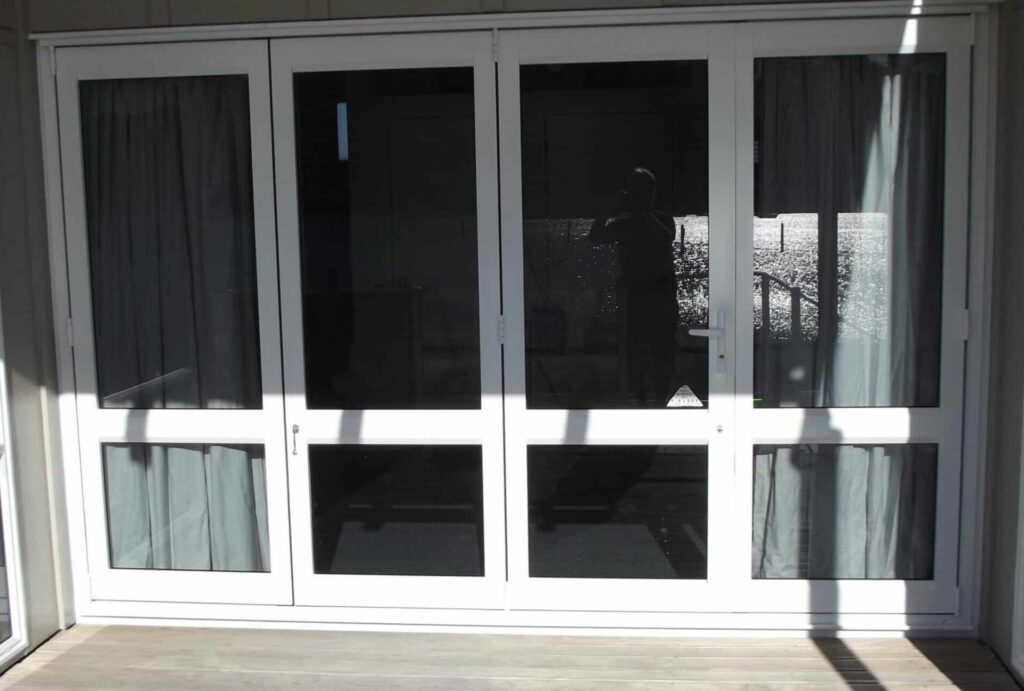
The Retrofit Process: How Does It Work?
Retrofitting double glazing into existing aluminium windows is a well-structured process designed to enhance energy efficiency, insulation, and home comfort without requiring full window replacements. Understanding the step-by-step process can help homeowners feel confident about their investment and know what to expect. Below is a detailed breakdown of how retrofitting double glazing works, from the initial assessment to final quality checks.
Initial Assessment & Consultation
Before any work begins, a professional assessment is conducted to determine whether your existing aluminium window frames are suitable for retrofit double glazing. This step is crucial to ensure the installation will be effective and long-lasting.
During the assessment, professionals will inspect.
- Frame Condition: Aluminium window frames must be structurally sound and free from corrosion, warping, or damage to support the new double-glazed units. If the frames are in poor condition, repairs or full replacements may be recommended.
- Glass Options: Homeowners can choose from different double glazing options, such as Low-E (low emissivity) glass, laminated glass, or argon gas-filled units, depending on energy efficiency and noise reduction needs.
- Insulation Levels: The installer will evaluate current insulation in your home and recommend the best glazing options to maximize thermal efficiency.
Once the assessment is complete, you will receive a detailed quote and timeline for the retrofit process.
Measuring & Manufacturing The Double Glazing Units
After the consultation, precise measurements are taken to ensure the new double-glazed panels fit seamlessly into your existing aluminium window frames. These measurements are critical because any gaps or misalignment could impact the thermal performance and durability of the windows.
The double-glazing units are then custom-manufactured to match the specifications of your home. The glass options typically include.
- Standard Double Glazing: Two panes of glass separated by a sealed air gap to improve insulation.
- Low-E Glass: A special coating that reflects heat back inside the home during winter and keeps excess heat out during summer.
- Argon Gas-Filled Glass: An inert gas is injected between the panes to reduce heat transfer, improving insulation.
- Laminated or Acoustic Glass: Designed for extra noise reduction, ideal for homes in high-traffic areas.
Once the double-glazing units are ready, they are delivered to your property for installation.
Installation Process
The retrofit installation process is usually quick and efficient, with most homes completed within one to two days, depending on the number of windows. Professional installers ensure that each step is done precisely to maximize performance and longevity.
The installation process involves.
- Removal Of Old Glazing: The existing single-glazed glass is carefully removed from the aluminium frame without damaging the structure.
- Installation Of New Double-Glazed Units: The new custom-made double-glazing panels are fitted securely into the existing frames.
- Sealing & Finishing: High-quality seals and gaskets are used to create an airtight fit, preventing drafts and condensation buildup.
- Airtightness & Insulation Testing: Installers check for leaks, gaps, and misalignment to ensure maximum insulation efficiency.
A well-installed retrofit double-glazing system should immediately show noticeable improvements in temperature control and noise reduction.
Quality Checks & Compliance With NZ Building Codes
After installation, a final quality inspection is carried out to ensure everything meets New Zealand Building Code (NZBC) regulations and energy efficiency standards. This is an essential step to guarantee that your retrofit double glazing is.
- Properly Sealed & Airtight: Preventing air leaks, water penetration, and heat loss.
- Structurally Sound & Secure: Ensuring the aluminium frames can support the new glazing without issues.
- Compliant With Energy Efficiency Standards: Verifying that the retrofit meets New Zealand’s insulation and energy-saving requirements.
Professional installers will also provide maintenance tips to keep your double-glazed windows in optimal condition for years to come. Many companies offer warranties on both the glass and installation, giving homeowners peace of mind.
Retrofitting double glazing into aluminium windows is a smart and cost-effective way to improve energy efficiency, home comfort, and long-term savings. The process is designed to be quick, hassle-free, and compliant with New Zealand’s building standards. With professional installation, homeowners can enjoy the benefits of double glazing without the need for a full window replacement. If you’re considering this upgrade, scheduling an initial consultation with a trusted window specialist is the first step toward a warmer, quieter, and more energy-efficient home.
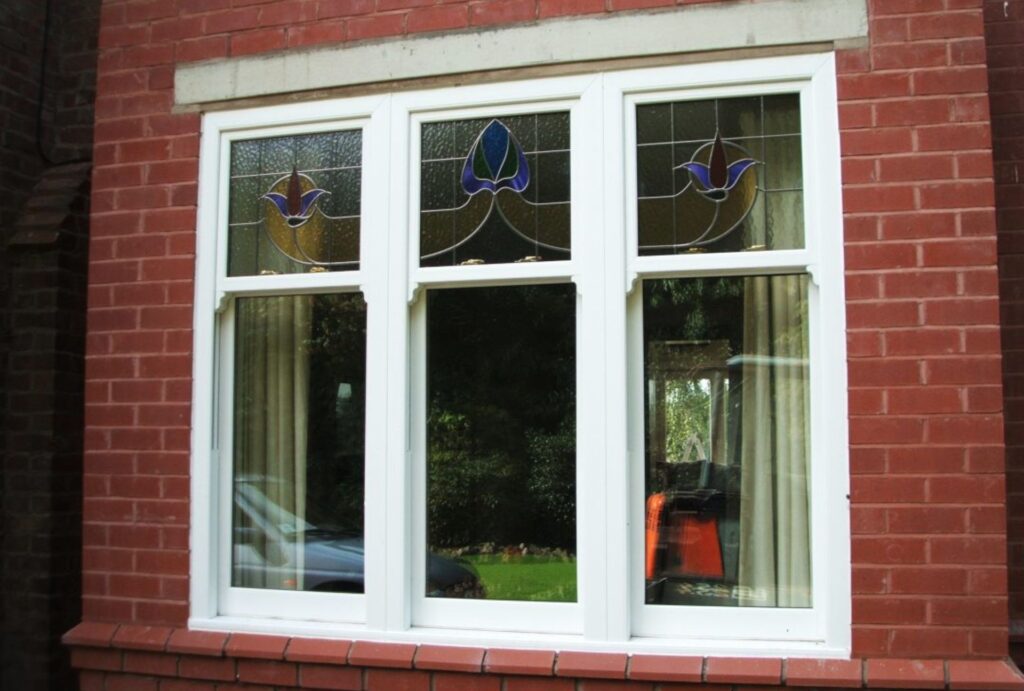
Cost Of Retrofitting Double Glazing In NZ
Retrofitting double glazing into existing aluminium windows is a smart investment for New Zealand homeowners, offering improved energy efficiency, noise reduction, and increased property value. However, one of the most common concerns is the cost of the upgrade. While retrofit double glazing is generally more affordable than replacing entire windows, the price varies based on several factors, including window size, glass type, and installation complexity. Below, we break down the pricing factors, estimated costs, and long-term savings to help you make an informed decision.
Pricing Factors
The total cost of retrofit double glazing depends on multiple factors that can impact both materials and labor expenses. Here’s a closer look at what affects pricing.
1. Size Of Windows & Number Of Windows In The Home
Larger windows require more glass and insulation materials, making them more expensive to retrofit than smaller windows. Similarly, the total number of windows in your home affects the final cost. A small house with only a few windows will have a lower overall price than a large home with multiple rooms requiring retrofitting.
2. Type Of Glass Options
Not all double glazing is the same. The type of glass you choose significantly impacts both performance and cost. Here are some common options.
- Standard Double Glazing: The most affordable option, providing basic insulation and noise reduction.
- Low-E (Low Emissivity) Glass: Reflects heat back into the home, improving thermal efficiency. This option typically costs more upfront but offers better long-term energy savings.
- Argon Gas-Filled Glass: Enhances insulation by trapping an inert gas between the glass layers, reducing heat loss and improving comfort.
- Laminated Glass: Designed for extra soundproofing and security, making it ideal for homes in noisy urban areas or those wanting added protection.
3. Installation Complexity
Not all aluminium window frames are ready for double glazing retrofitting. If your existing frames are damaged, corroded, or warped, additional repairs or adjustments may be required, increasing labor costs. Older homes with custom window designs may also require specialized work, which adds to the total price.
Estimated Costs In NZ
While costs vary depending on specific project details, the table below provides a general pricing guide based on typical retrofit double glazing installations in New Zealand.
- Basic Retrofit (Standard Double Glazing): $350 – $500 per window.
- Premium Features (Low-E Glass, Argon Gas-Filled Units): $500 – $800 per window.
- Full-House Retrofit (15–25 Windows): $5,000 – $15,000, depending on the home’s size and window count.
Cost Considerations
- Retrofitting large, floor-to-ceiling windows can be significantly more expensive than standard-sized windows.
- Custom glass treatments, such as tinted or laminated options, will increase costs.
- Hiring a professional installer with experience in NZ climate-optimized retrofitting ensures a quality job but may come at a higher price.
Potential Energy Savings & ROI
One of the biggest advantages of retrofit double glazing is the long-term financial return. While the initial investment may seem high, the energy savings quickly offset the cost, making it a smart home upgrade for both comfort and sustainability.
1. Typical Energy Bill Reduction
With properly retrofitted double glazing, New Zealand homeowners can expect to save 10-20% per year on their heating and cooling costs. This is because double-glazed windows prevent heat from escaping in winter and block excess heat from entering during summer, reducing reliance on heaters and air conditioning.
2. Increased Home Resale Value
Energy-efficient homes are highly desirable in today’s property market. Retrofitting double glazing can.
- Increase home resale value by making the house more attractive to eco-conscious buyers.
- Improve a home’s Homestar rating, a measure of energy efficiency and sustainability in NZ properties.
- Provide a selling advantage over similar homes without double glazing.
3. Long-Term Investment Benefits
Beyond energy savings, retrofit double glazing contributes to better indoor comfort, reduced maintenance costs, and a healthier living environment by minimizing condensation and mold growth. Homeowners who plan to stay in their homes long-term will benefit from improved thermal regulation, noise reduction, and overall home durability.
If you’re looking for a cost-effective way to improve home insulation and comfort without replacing entire window frames, retrofitting double glazing with aluminium windows is an excellent choice. While the initial investment varies, the long-term energy savings, noise reduction, and property value increase make it a worthwhile upgrade for most NZ homeowners.
For the best results, consider getting quotes from multiple professional retrofit installers to compare pricing, warranties, and services. Investing in quality materials and expert installation ensures maximum energy efficiency, durability, and return on investment.
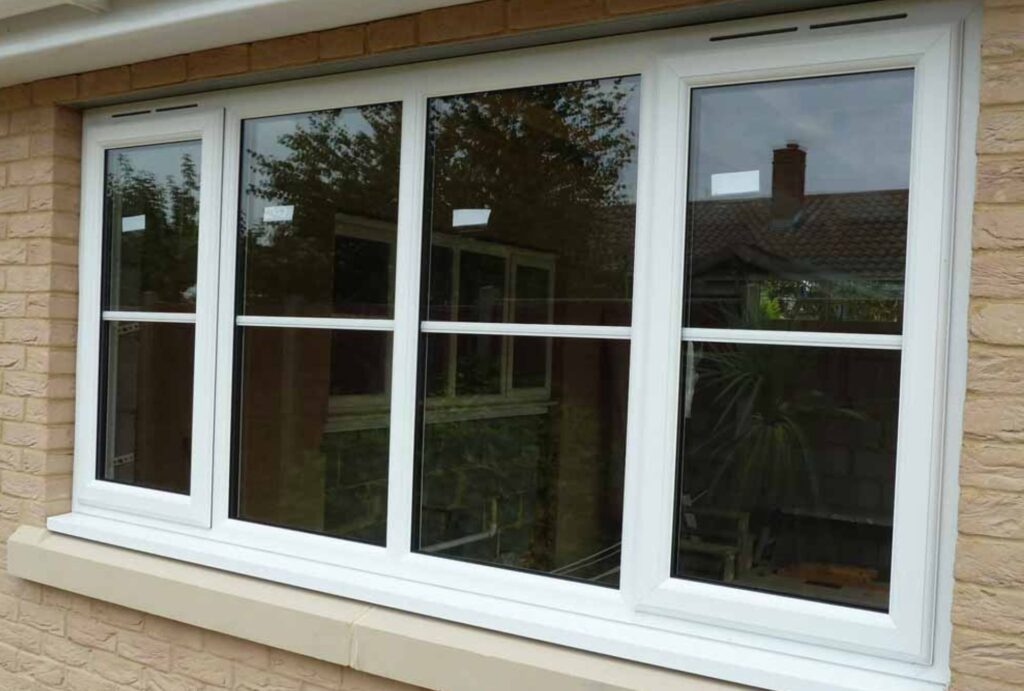
Are There Any Downsides? Potential Considerations
While retrofit double glazing with aluminium windows offers numerous benefits, it’s important to consider potential drawbacks before making a decision. Every home is different, and factors like cost, window condition, and installation requirements may affect whether retrofitting is the right choice for you. Below, we break down some of the key considerations to keep in mind.
Upfront Cost Vs. Long-Term Savings
One of the main concerns homeowners have about retrofit double glazing is the initial cost. While retrofitting is generally more affordable than a full window replacement, it still requires a significant upfront investment. The price per window can range from $350 to $800, depending on the type of glass and complexity of installation. If you’re upgrading an entire home, costs can quickly add up, with full-house retrofits ranging between $5,000 and $15,000.
However, the long-term energy savings often justify the expense. With improved insulation, heating and cooling costs can be reduced by 10-20% annually. Over time, these savings can offset the initial cost, making retrofit double glazing a financially sound investment. Additionally, homes with energy-efficient upgrades tend to have higher property values, meaning you could recoup some of the cost if you decide to sell in the future.
Compatibility With Very Old Aluminium Window Frames
Not all aluminium windows are suitable for retrofitting. If your home has very old or damaged aluminium frames, they may not be structurally sound enough to support double glazing. Signs of potential issues include.
- Warping or Bent Frames: If the frames have lost their shape over time, achieving a tight, energy-efficient seal may be difficult.
- Corrosion or Pitting: Older aluminium windows, especially those in coastal areas, may show signs of oxidation or rust, making retrofitting less effective.
- Outdated Window Designs: Some older aluminium windows use designs that aren’t compatible with modern double-glazing units, requiring additional modifications.
In cases where the frames are too deteriorated, a full window replacement may be a better solution. A professional assessment can help determine whether your existing aluminium windows are suitable for retrofitting or if a full replacement would provide better long-term results.
Some Homeowners May Prefer A Full Window Replacement Instead Of Retrofitting
Although retrofitting is a cost-effective and less invasive solution, some homeowners may still opt for a full window replacement instead. This decision often comes down to personal preference and the condition of existing windows.
A full window replacement offers certain advantages, including.
- Brand-New Frames & Glass: Instead of working with existing aluminium frames, homeowners get a completely new set of windows, ensuring maximum energy efficiency and a modern look.
- More Customization Options: With a replacement, you can choose from different frame materials, glass types, and advanced energy-saving technologies.
- Better Aesthetic Appeal: If your aluminium windows look outdated, a full replacement can give your home a fresh, contemporary appearance.
That said, a full window replacement is significantly more expensive, requiring both new frames and glass. Retrofitting is ideal for homeowners who want to upgrade their insulation and energy efficiency without the high cost and extensive labor involved in replacing all their windows.
Need For A Qualified Professional For Best Results
Proper installation is critical to ensure that retrofit double glazing performs as expected. This is not a DIY-friendly project—hiring a qualified professional is essential to avoid issues like poor insulation, condensation buildup, and air leaks.
When choosing a professional installer, it’s important to look for.
- Certified & Experienced Installers: Ensure they have experience retrofitting aluminium windows and comply with NZ Building Code standards.
- High-Quality Materials: Some companies offer cheaper, low-grade glass that doesn’t provide optimal insulation. Make sure your installer uses certified double-glazed units with Low-E glass or argon gas filling.
- Warranty & Aftercare Services: A good warranty on both glass and installation ensures that any future issues can be addressed without additional costs.
Poor installation can lead to inefficient insulation, persistent condensation issues, and even structural problems with your window frames, which is why it’s crucial to work with a reputable provider.
While retrofit double glazing for aluminium windows is a practical and effective home upgrade, it’s not without its considerations. The upfront cost, compatibility with old frames, and the need for professional installation are factors that every homeowner should evaluate before proceeding. However, for most New Zealand homeowners, the long-term benefits—including lower energy bills, improved comfort, noise reduction, and increased property value—make it a worthwhile investment.
If you’re unsure whether retrofitting or full window replacement is right for you, consider consulting with a professional who can assess your home’s needs and provide the best solution for your budget and goals.
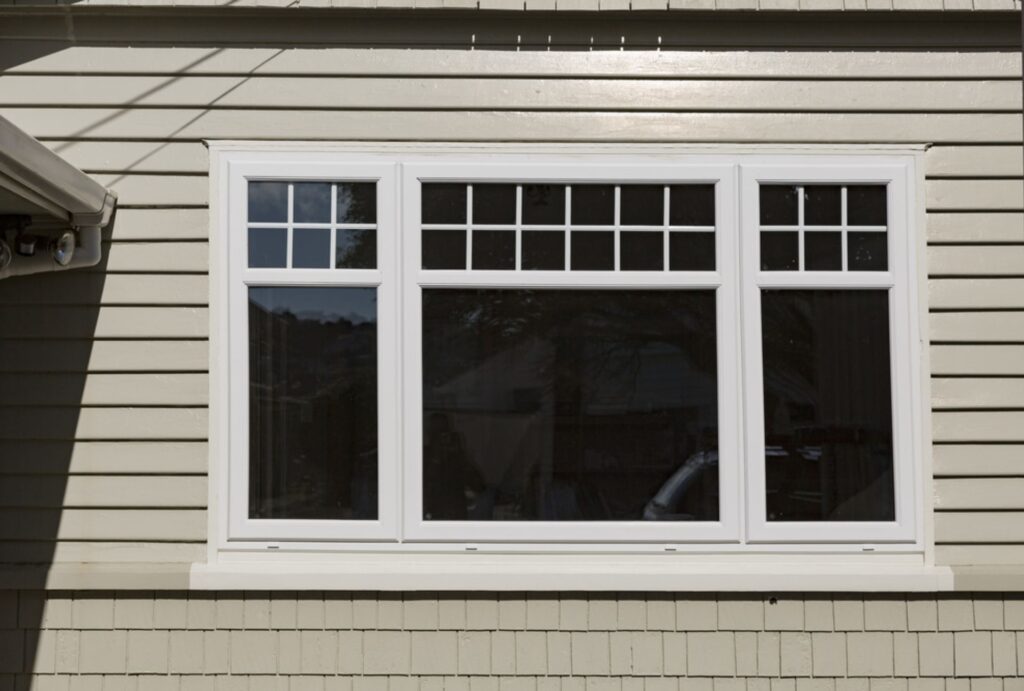
Choosing A Retrofit Double Glazing Specialist In NZ
Selecting the right retrofit double glazing specialist is crucial to ensuring a high-quality installation that maximizes your home’s energy efficiency, comfort, and durability. With numerous providers in New Zealand, it’s essential to choose a reputable professional who meets industry standards, offers reliable post-installation support, and provides transparent pricing. Below, we’ll cover what to look for in a provider and the key questions you should ask before making your decision.
What To Look For In A Provider
Not all double glazing specialists offer the same level of expertise, materials, and customer service. To ensure you’re choosing a trustworthy provider, consider the following factors.
1. Certifications & Licensing
A reputable provider should be accredited by the Window & Glass Association of New Zealand (WGANZ). This certification ensures they adhere to industry best practices, safety regulations, and high-quality craftsmanship. Additionally, check if the company complies with New Zealand’s Building Code, which sets legal standards for thermal efficiency and durability.
2. Experience In Aluminium Window Retrofitting
While many glazing companies offer general window solutions, not all specialize in aluminium window retrofitting. Aluminium frames require specific installation techniques to ensure a secure, airtight fit with the new double glazing. Choose a provider with proven experience in working with aluminium frames, as improper installation can lead to condensation issues, poor insulation, and even structural damage.
3. Warranty & Post-Installation Support
A reliable provider should offer a comprehensive warranty on both materials and workmanship. A standard double glazing warranty in NZ typically covers anywhere from 10 to 15 years, depending on the type of glass and installation method used. Additionally, ensure they provide ongoing support for repairs, adjustments, and future maintenance in case any issues arise after installation.
Questions To Ask Before Hiring
Before committing to a double glazing specialist, ask these key questions to ensure they’re the right fit for your project.
1. What Glass Options Do You Offer?
Different types of double glazing provide varying levels of insulation, noise reduction, and UV protection. Some common options include.
- Low-E (Low-Emissivity) Glass: Improves energy efficiency by reducing heat transfer.
- Argon Gas-Filled Units: Enhances insulation for better thermal performance.
- Laminated Glass: Provides additional security and noise reduction.
A trustworthy specialist should explain which glass options suit your home’s climate, location, and budget.
2. What’s The Estimated Timeline & Cost Breakdown?
Ask for a detailed project timeline, including the time required for assessment, manufacturing, and installation. Standard retrofit installations typically take a few days to a week, but this varies based on home size and complexity. Additionally, request a clear cost breakdown that includes materials, labor, and any additional fees to avoid unexpected charges.
3. Are There Financing Options Available?
Since retrofit double glazing is a long-term investment, some companies offer payment plans or financing options to help homeowners spread costs over time. Check if the provider partners with any government insulation schemes or energy-efficiency grants that could reduce your upfront expenses.
4. Can You Provide Customer Testimonials Or Past Project Photos?
A reputable company should have a portfolio of completed projects and customer testimonials that showcase their work. Look for before-and-after images, reviews, and case studies to gauge the quality of their installations. Additionally, check their Google Reviews, social media feedback, and third-party review sites to see how past customers rate their service.
Choosing the right retrofit double glazing specialist in NZ is a key step in ensuring your home upgrade is efficient, durable, and worth the investment. By selecting a certified provider with experience in aluminium window retrofitting, strong warranties, and positive customer feedback, you can confidently improve your home’s insulation, noise reduction, and overall comfort. Don’t hesitate to ask the right questions and compare multiple providers before making your final decision—your home (and your energy bills) will thank you for it.
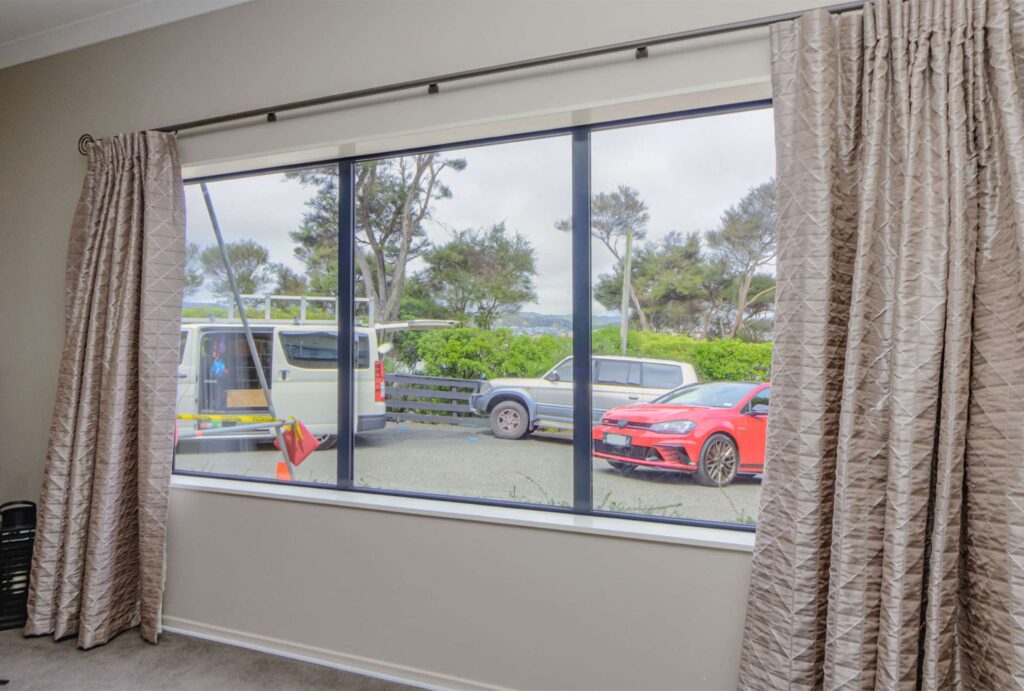
FAQs: About The Retrofit Double Glazing With Aluminium Windows In NZ
Conclusion
Retrofit double glazing with aluminium windows in NZ is a smart, long-term investment that enhances energy efficiency, home comfort, and noise reduction. By upgrading your existing aluminium windows with double glazing, you can significantly reduce heat loss, lower power bills, and maintain a stable indoor temperature year-round. This upgrade also minimizes condensation, preventing dampness and mould growth, which can improve indoor air quality and overall home health. Additionally, double glazing acts as a sound barrier, making it an ideal solution for homeowners living in busy urban areas or near traffic. Beyond these practical benefits, retrofitting also adds value to your property, making it a desirable feature for potential buyers should you decide to sell in the future. Given New Zealand’s variable climate, ensuring your home is well-insulated can provide lasting comfort and sustainability benefits. While the initial cost may seem like a significant investment, the energy savings, increased durability of aluminium frames, and improved quality of living make it worthwhile. To ensure the best results, it’s essential to consult with a reputable retrofit double glazing provider who can assess your home’s needs and recommend the most effective solution. If you’re considering an upgrade, now is the perfect time to take the next step towards a warmer, quieter, and more energy-efficient home.
Find A Professional Window Company Near You!
About the Author:
Mike Veail is a recognized digital marketing expert with over 6 years of experience in helping tradespeople and small businesses thrive online. A former quantity surveyor, Mike combines deep industry knowledge with hands-on expertise in SEO and Google Ads. His marketing strategies are tailored to the specific needs of the trades sector, helping businesses increase visibility and generate more leads through proven, ethical methods.
Mike has successfully partnered with numerous companies, establishing a track record of delivering measurable results. His work has been featured across various platforms that showcase his expertise in lead generation and online marketing for the trades sector.
Learn more about Mike's experience and services at https://theleadguy.online or follow him on social media:

